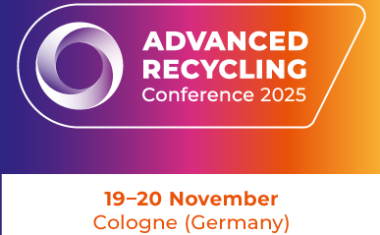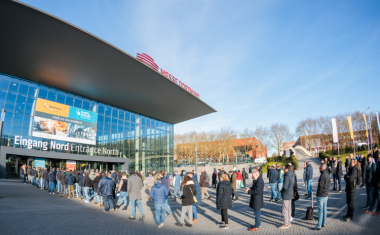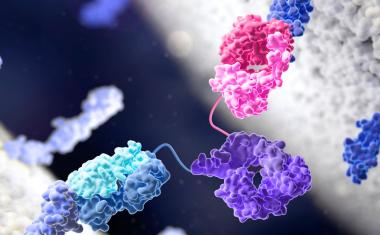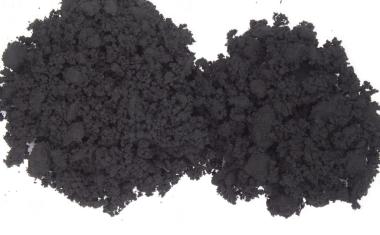Yara Closes Brazilian Fertilizer Buy
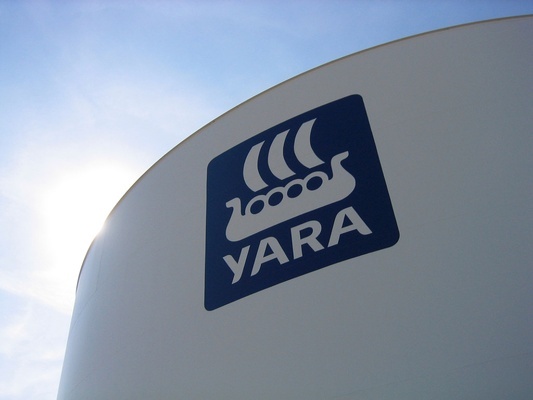
Norwegian chemicals and fertilizer group Yara has boosted its presence in the Brazilian fertilizer market with the acquisition of the Vale Cubatão Fertilizantes complex for $255 million. The deal was completed on May 15.
“This acquisition marks the start of an exciting new phase in Brazil for Yara as the acquisition brings nitrogen production assets into our growing portfolio in Brazil, strengthening and growing our integrated position within both industrial and fertilizer,” said Yara’s president and CEO, Svein Tore Holsether.
The Cubatão complex has an annual production capacity of around 200,000 t of ammonia, 500,000 t of nitrates and 700,000 t of phosphate fertilizer. Yara said Brazil is a net importer of nitric acid and nitrates.
Natural gas feedstock for the ammonia production is sourced from local suppliers, while additional ammonia, phosphate rock, sulfur and other raw materials are supplied via a nearly import terminal, which is not part of the transaction.
Yara expects to invest roughly $80 million up to 2020 in a combination of cost, asset and product portfolio optimizations in order to realize annual synergies of $25 million.
In 2016, the complex sold approximately 1.3 million t of nitrogen and phosphate products, generating pro-forma net revenues of $413 million and an EBITDA of $30 million.



